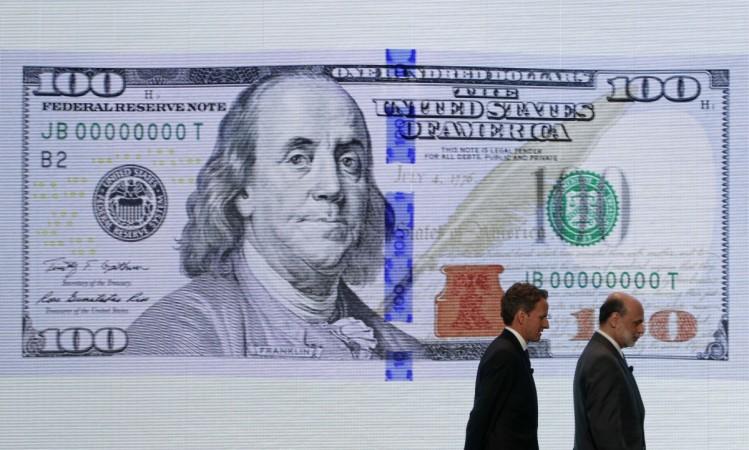
A tool developed by the US Federal Reserve to forecast financial decisions reportedly calls for an immediate interest rate hike, according to a paper published by Philadelphia Fed president Charles Plosser.
The paper highlights that a financial model developed by the Feds demands that the Central Bank impose a rate hike immediately to cope up with the current pace of economic growth in the country.
The model calls for rates to rise from near zero to 0.5% in the fourth quarter of 2014 and 1.1% by the second quarter of 2015, according to Reuters. In the paper, Plosser also highlighted similar models that strongly indicate a rate rise.
"We believe the economy has returned to a more normal footing and... our benchmarking indicates that monetary policy should follow suit," Plosser wrote in the paper.
Plosser also pointed out that delaying a rate hike would call for more aggressive measures in the future, which would otherwise be unnecessary if the policies were put in place at the right time.
Economists believe a rate rise is around the corner but the fed will have to act fast on the hikes.
"There are three reasons why we think the Federal Reserve will raise rates next year. First, by the middle of next year, barring a significant surprise, the Fed will be closer to its mandates. Remember that the Fed has three mandates: price stability, full employment and financial stability. It will be closer to full employment in six to nine months. Financial stability may be threatened by continued near zero short-term interest rates," Marc Chandler, global head of currency strategy at Brown Brothers Harriman, wrote.
Fed chairwoman Janet Yellen asserted last month that the strength of the economy and not a "calendar date" would dictate a rate hike.
The Fed has kept base borrowing rates since after the economy crash in 2008. The low rates have helped boost borrowing and investor confidence in the market that has helped stimulate growth in the economy.
The US economy has been mapping a steady growth over the past 11 months. The unemployment rate is about 5.8%, the inflation is low and the spiralling oil prices have been providing for great tax relief for consumers in the country.
Yet, the Federal Reserve believes that the economy has room for improvement. The Central Bank asserted that though unemployment is low, wages are still rising at a slow pace and home ownership has to improve as well. Low inflation may be good news, but it stands the risk of falling too low, which would discourage consumer spending.

















